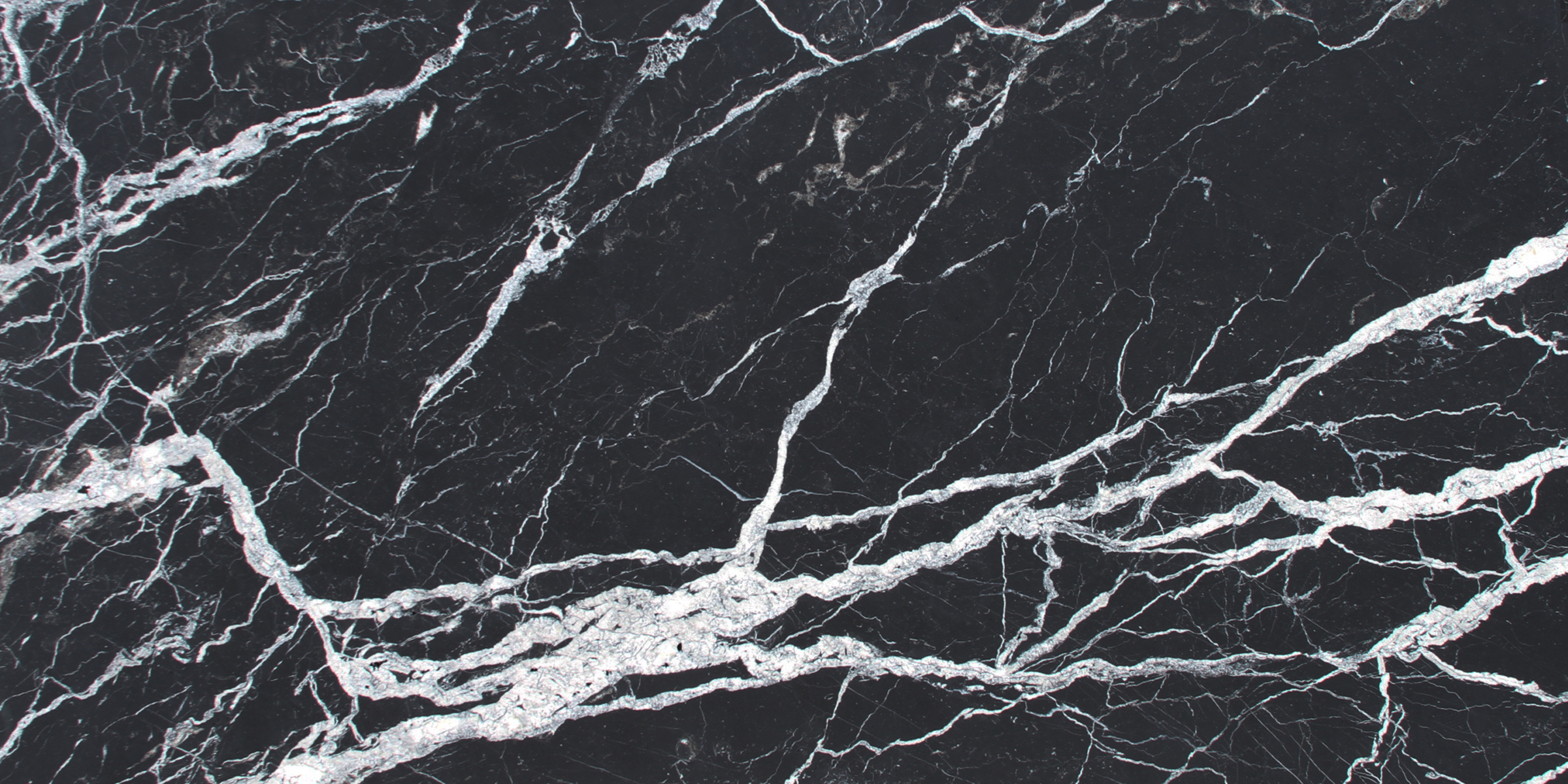When it comes to choosing a countertop material for your home, you have many options to consider. Two of the most popular materials are quartz and quartzite, but despite their similar names, these two materials are actually quite different. Understanding the key differences between quartz and quartzite can help you make an informed decision about which one is the best choice for your home.
Origin
Quartzite is a natural stone that is formed through the process of metamorphism, where extreme heat and pressure cause sandstone to recrystallize and form a new rock. This process gives quartzite its unique patterns, colors, and markings, and it is extracted from the earth and cut into slabs for use in countertops and other applications.
Quartz, on the other hand, is an artificial material that is made from crushed quartz combined with resin and other synthetic materials. It is an engineered stone that is designed to resemble natural stone in appearance and feel.
Appearance
Quartzite is a natural stone, so each slab is unique and may have variations in color and pattern. It is often found in shades of gray or white, but can also occur in other colors such as green, red, yellow, pink, blue, or orange due to variations in mineral content. These colors and patterns are the result of natural geologic processes, giving quartzite a more organic and natural appearance.
Quartz, on the other hand, is more versatile in terms of appearance. By using specific colors and sizes of quartz fragments and combining them with pigments, it is possible to create a wide range of colors and patterns in quartz. This means that quartz countertops can have a more uniform appearance, while quartzite will have more natural variations.
Durability
Quartzite is a very hard and durable material, making it an excellent choice for countertops. It is resistant to scratching, chipping, and staining, and is able to withstand the wear and tear of daily use. However, like all natural stones, it can be prone to cracking or chipping if it is not handled properly. Quartzite is also resistant to heat, making it a good choice for kitchen countertops where hot pots and pans may be used.
Quartz is also a durable material, but it is not as hard as quartzite. It is resistant to cracking and breaking, but it is not as heat resistant as quartzite. The resin used in the production of quartz can be damaged by high temperatures, so it is important to use caution when placing hot pots and pans on quartz countertops.
Maintenance
Both quartzite and quartz are relatively low maintenance materials, but they do have some differences in terms of care and maintenance. Quartzite needs to be sealed on installation and resealed once a year on average to maintain its stain and scratch resistance. After sealing, it is highly resistant to staining, yellowing, and deterioration.
Quartz does not need to be sealed or resealed, and it is easy to clean and maintain. However, it is important to use non-abrasive cleaners to avoid damaging the surface.
Cost
In general, quartz countertops are less expensive than quartzite, but the cost of the material itself is similar. Both materials typically cost between $50 to $100 per square foot, with prices ranging up to $300 or more depending on the specific type and quality. The main difference in cost between the two materials is in the installation, as quartzite requires more specialized cutting and fabrication techniques, which can increase the overall cost of the project.
Conclusion
Both quartz and quartzite are excellent choices for countertops, but they have some significant differences that you should consider when making your decision.

